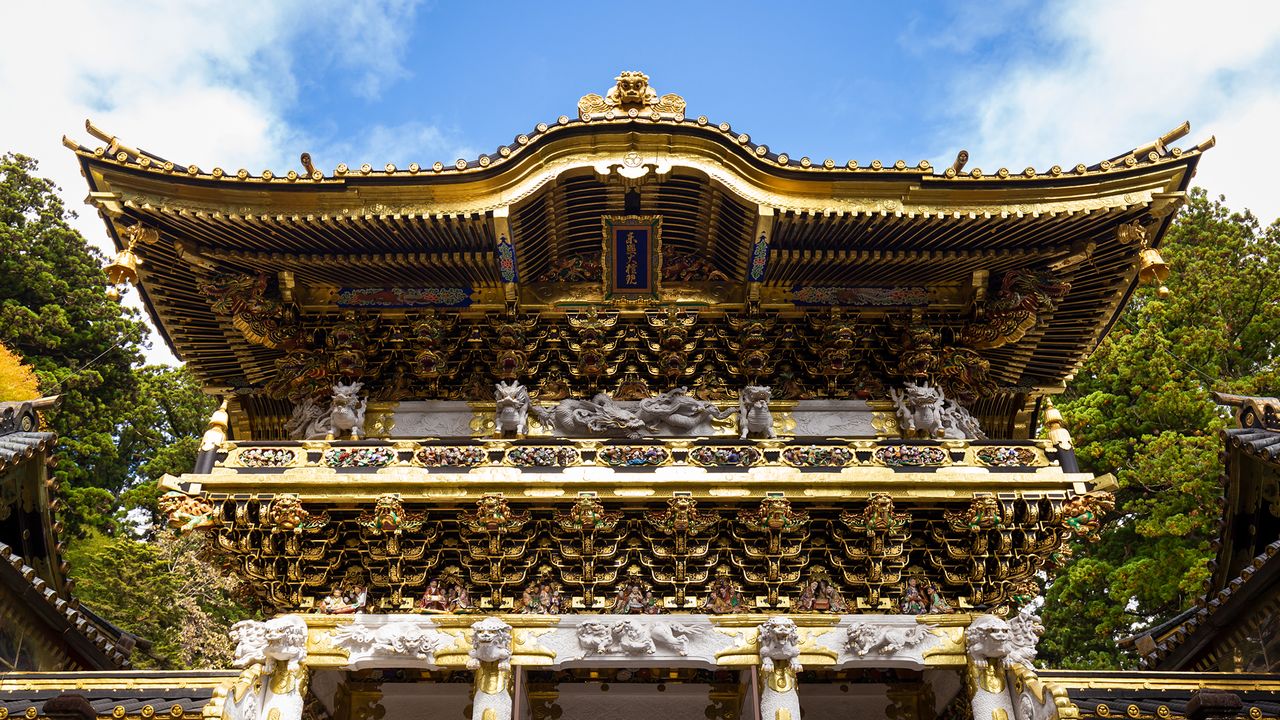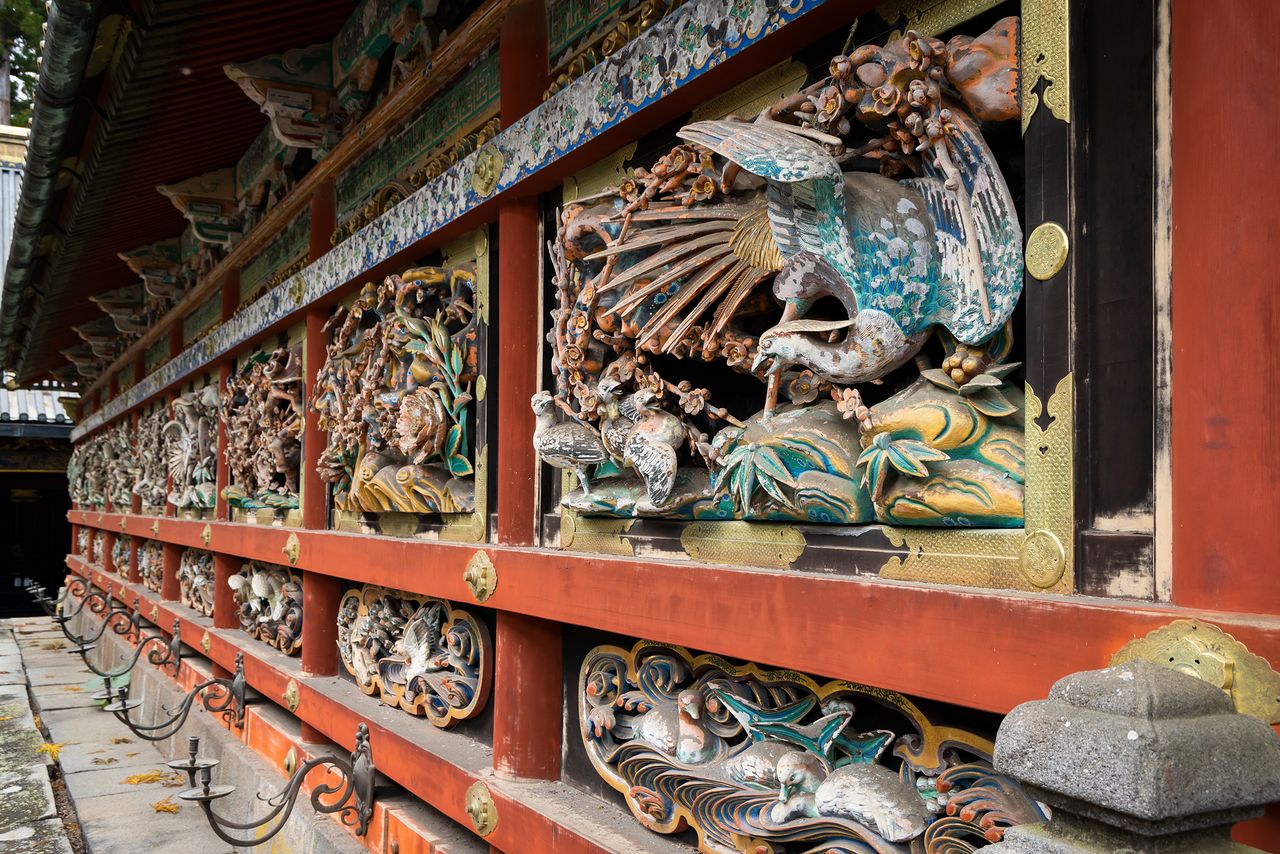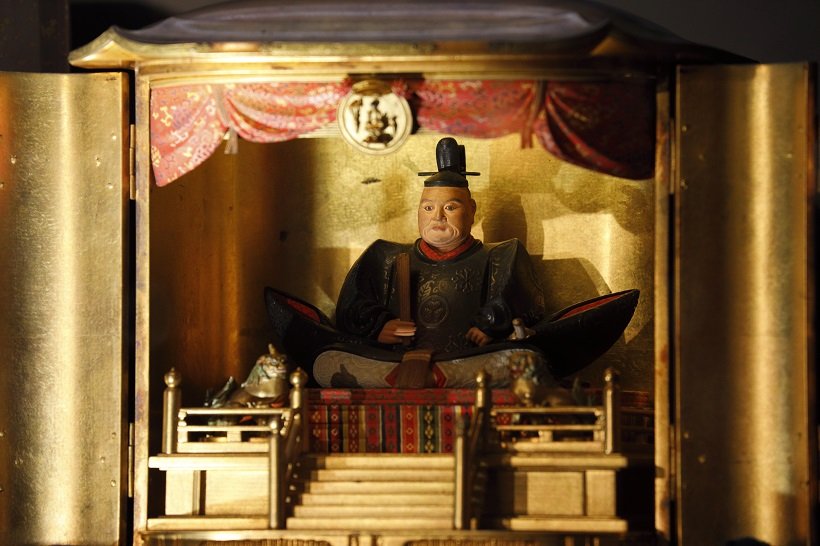


Nikko Toshogu Shrine
An opulent, dazzling mausoleum dedicated to the founder of the Tokugawa Shogunate.
A stunningly lavish and ornate shrine complex in Nikko, a stark contrast to the simple aesthetic of most shrines. It is the final resting place of Tokugawa Ieyasu, the shogun who unified Japan.
History of the Shrine
Nikko Toshogu is the mausoleum of Tokugawa Ieyasu, the founder and first shogun of the Tokugawa shogunate, which ruled Japan for over 250 years of relative peace, a period known as the Edo period. After Ieyasu's death in 1616, his son and successor, Hidetada, built a relatively simple shrine for him. However, it was his grandson, Iemitsu, who undertook the massive project to transform it into the spectacular complex we see today. The renovation took two years and employed the best artisans from across the country.
The purpose of this lavishness was twofold. First, it was a display of the immense wealth and power of the Tokugawa regime, designed to awe and intimidate any remaining rivals. Second, it was a profound act of religious devotion. Ieyasu was posthumously deified as 'Tosho Daigongen', a manifestation of a Buddha who appeared as a kami to bring peace to the land. The shrine was built to be a worthy home for such a powerful guardian deity, a stark departure from the traditional Shinto aesthetic of wabi-sabi (simplicity and impermanence).
The Enshrined Kami
The deified spirit of Tokugawa Ieyasu (1543-1616), one of Japan's three great unifiers. A brilliant strategist and patient statesman, he ended a century of civil war and established a dynasty that would bring unprecedented peace and stability to Japan. Following his death, he was enshrined and given the divine title 'Tosho Daigongen'.
The title 'Gongen' signifies a Buddhist deity who has chosen to appear in the world in the form of a Shinto kami to save sentient beings. This syncretic belief, blending Buddhism and Shinto, was politically powerful. As Tosho Daigongen, Ieyasu is worshipped not just as an ancestral spirit but as a powerful divine protector of Japan, a source of guidance, and a kami who can grant longevity and success in life to those who show devotion.
What to See
Toshogu is a treasure trove of intricate craftsmanship. The entire complex consists of over a dozen buildings set in a beautiful forest. The Yomeimon Gate, also known as the 'Gate of Sunlight', is particularly famous. It is covered in over 500 elaborate carvings of dragons, mythical beasts, and sages, and is so breathtaking that people say you could gaze at it all day without tiring. Look for the intentionally flawed carving on one of the pillars, placed there to avert jealousy from the gods.
Among the most famous individual carvings are the 'Three Wise Monkeys' on the Sacred Stable, embodying the principle of 'see no evil, hear no evil, speak no evil'. Another is the 'Nemuri-neko' (Sleeping Cat), a small but masterful carving above a gate, said to symbolize the peace that Ieyasu brought to Japan. Beyond the cat lies the path to Ieyasu's tomb itself, a surprisingly simple and solemn bronze pagoda.
Major Festivals
The 'Shuki Taisai' (Autumn Grand Festival) in October is a major event, featuring a procession of 1,000 men dressed as samurai, reenacting the funeral procession that brought Ieyasu's remains to Nikko. This 'Procession of a Thousand Warriors' is a spectacular sight. A similar, though smaller, festival, the 'Haru no Reitaisai', is held in May and also features impressive displays of Yabusame (horseback archery), a ritual offering to please the enshrined deity.
Support Nikko Toshogu Shrine
Your participation helps preserve this sacred site for future generations. Every digital offering contributes to real shrine preservation efforts across Japan.
By making an offering, you become part of a global community honoring Japanese spiritual traditions and supporting the cultural heritage that has been cherished for centuries.